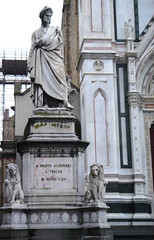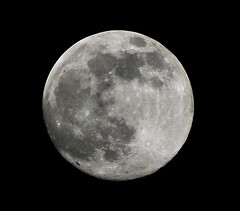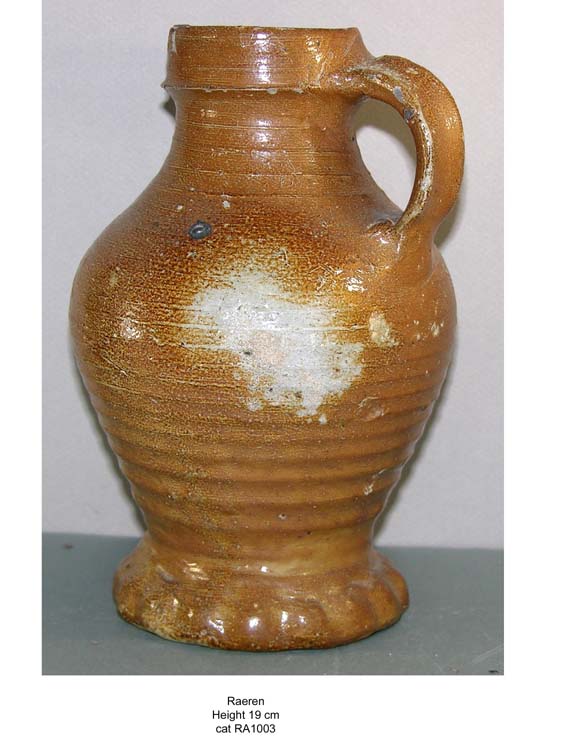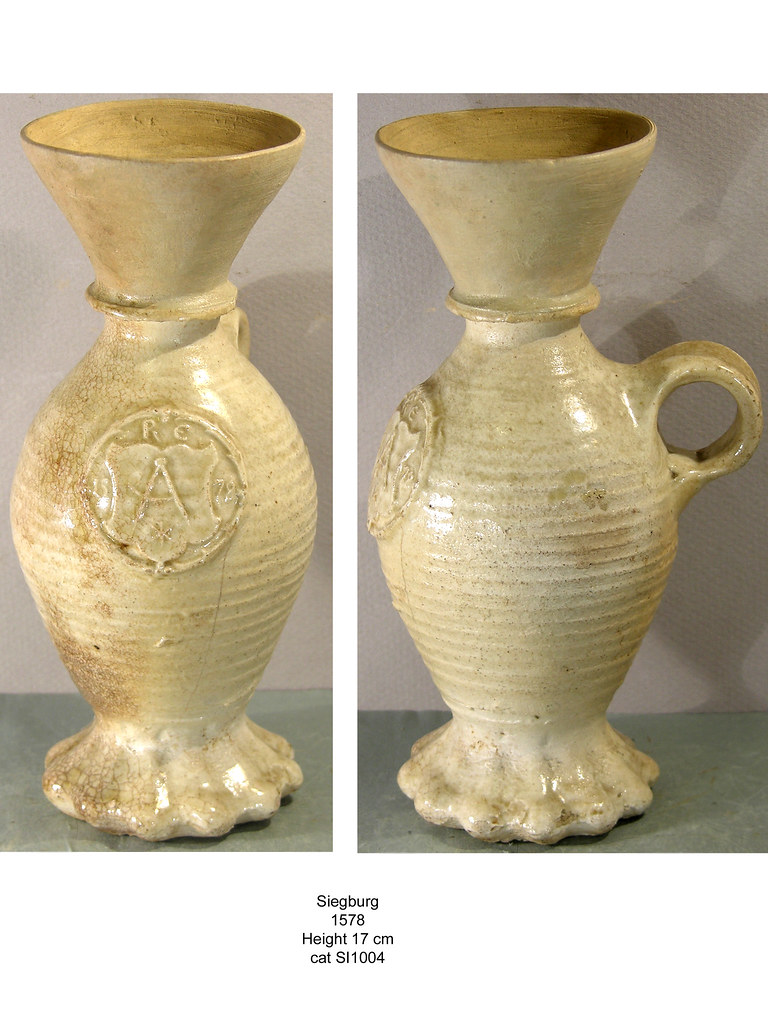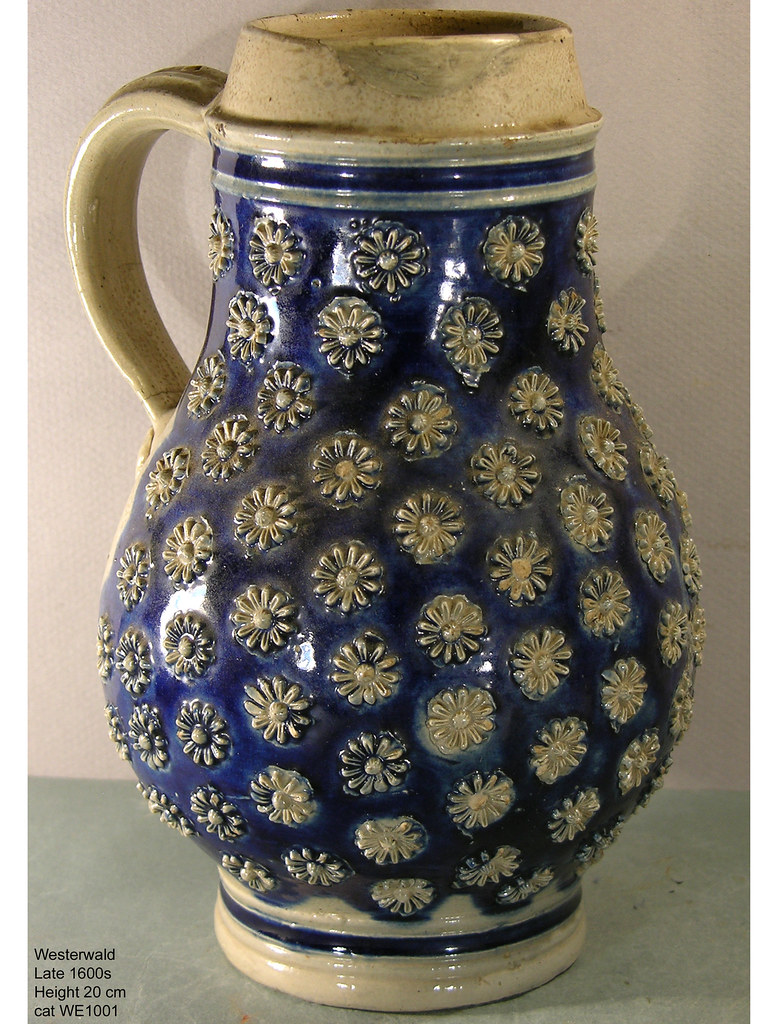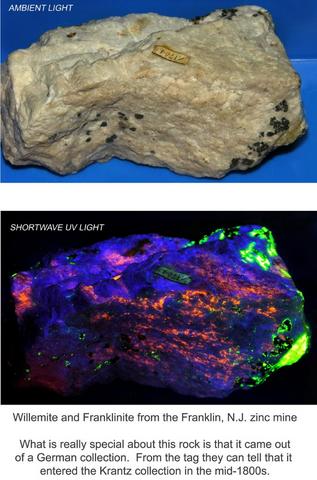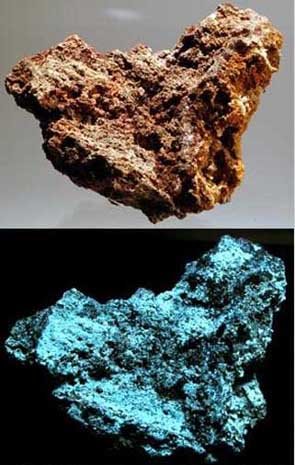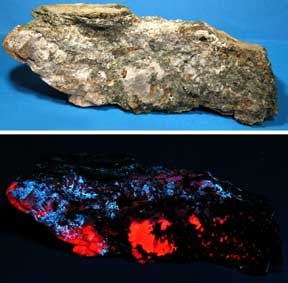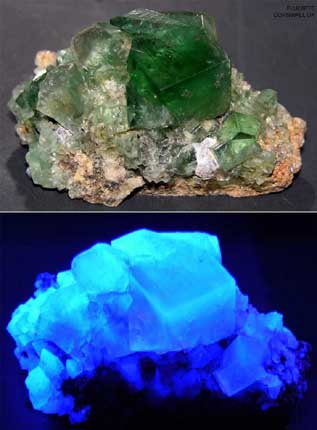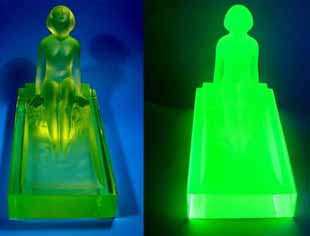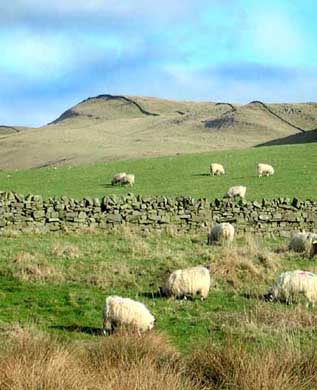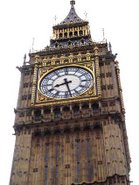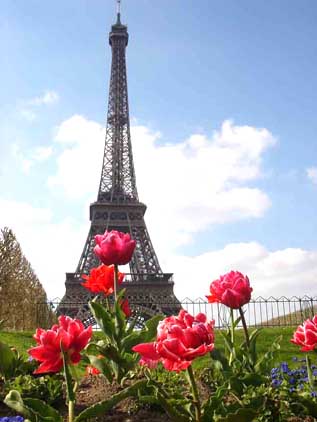The High Desert
For the last two weeks or so it has been pretty warm here in the high desert. In fact all of America has been fairly hot. The high temperature has been between 38 degrees C and 40 C (100F to 105F) every day. And some days even at 7:00 pm in the evening it is still 38 C.
My little black doggie and I normally take a walk out in the wilderness desert every morning. If I take my time in the morning, eat breakfast, answer all of my e-mails, etc. it seems like it is normally around 9:30 or 10:00 am before we get out to the desert. I reset the trip odometer on my Garmin handheld (carried in a belt holster) GPS at the start. Our minimum walk is 1 mile for me, and normally it is more like 2 kilometers (1.2 miles). The problem is that by 10:00 a.m. it is already around 90 F (32 degrees C), and even with the relatively low humidity that is hot when you are hiking in the direct sunlight.
This morning we got moving a little earlier and got out to the desert around 8:00 a.m. The temperature was much more pleasant, and we went a little further than usual. The trip odometer on the Garmin said I went 1.9 miles (3.1 kilometers). No doubt my dog went 2 to 3 times that distance, chasing rabbits and lizards.
For several months I have been looking at the topography of this area. We sometimes take a trail from the high flat mesa down into an area 50 to 100 feet lower that obviously had water running towards the Rio Grande river sometime in the geologic past. This trail we take was not made by a wheeled vehicle, and certainly has not ever been bladed. It wanders around the sand dunes rather than being completely straight. But it is far too big to be just an animal trail. So I
 have been pretty sure that aboriginal humans made this trail, going from the mesa down to the water.
have been pretty sure that aboriginal humans made this trail, going from the mesa down to the water.I have found a couple of very old fire pits, but until this morning I could not absolutely confirm that the native humans who were surviving by living off the land lived here. But today I found a fairly large shard of pottery, which absolutely confirms that people were here in the olden times. It is fairly thick at 7 mm and is about 55 mm or 2 inches wide. It has a small amount of curvature.
I understand from archaeologists that the majority of the humans left this area around 1,300 A.D. Apparently the climate just got too dry and hard for them to survive in. So when one finds pottery shards hear here one can
 be fairly certain that they are at least 700 years old. Maybe 2,000 years old or more.
be fairly certain that they are at least 700 years old. Maybe 2,000 years old or more.I also found a nice little fluorescent stone on our walk this morning.
It is milky white chalcedony. Often these stones fluoresce green when illuminated with short wave (UV-C) light. Even thought this material fluoresces the same color as many uranium samples, unlike most uranium these desert chalcedonies don’t fluoresce at all under standard long wave ultraviolet light (UV-A).
-
The academics say that trace amounts of uranium are responsible for this fluorescence. Yea, Maybe.
